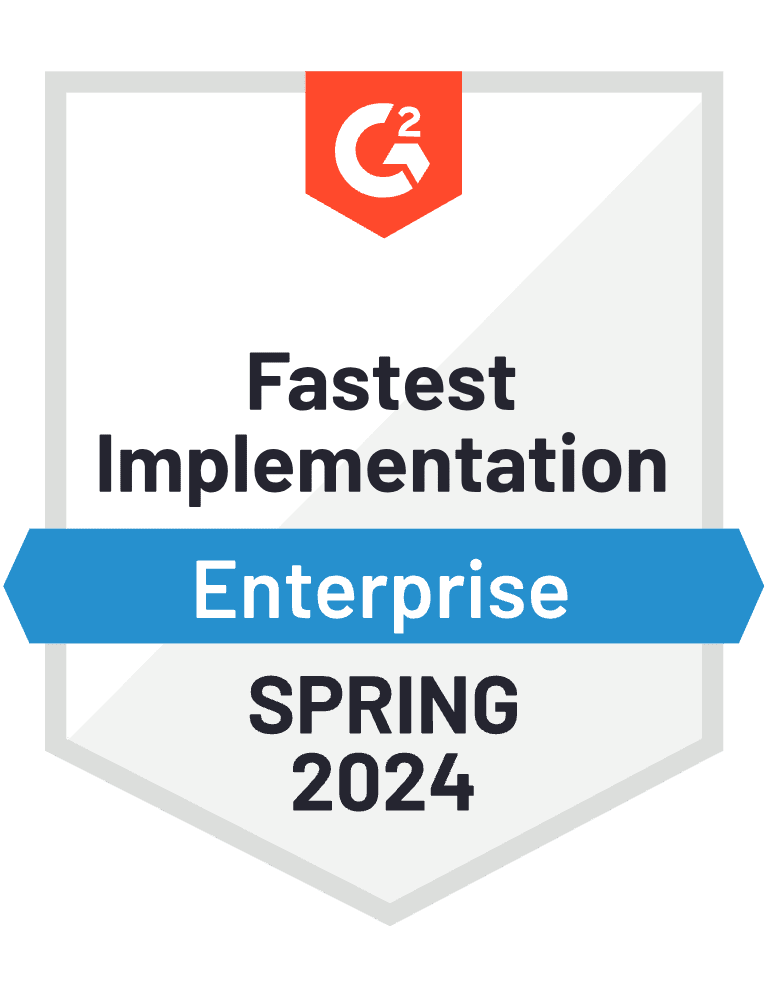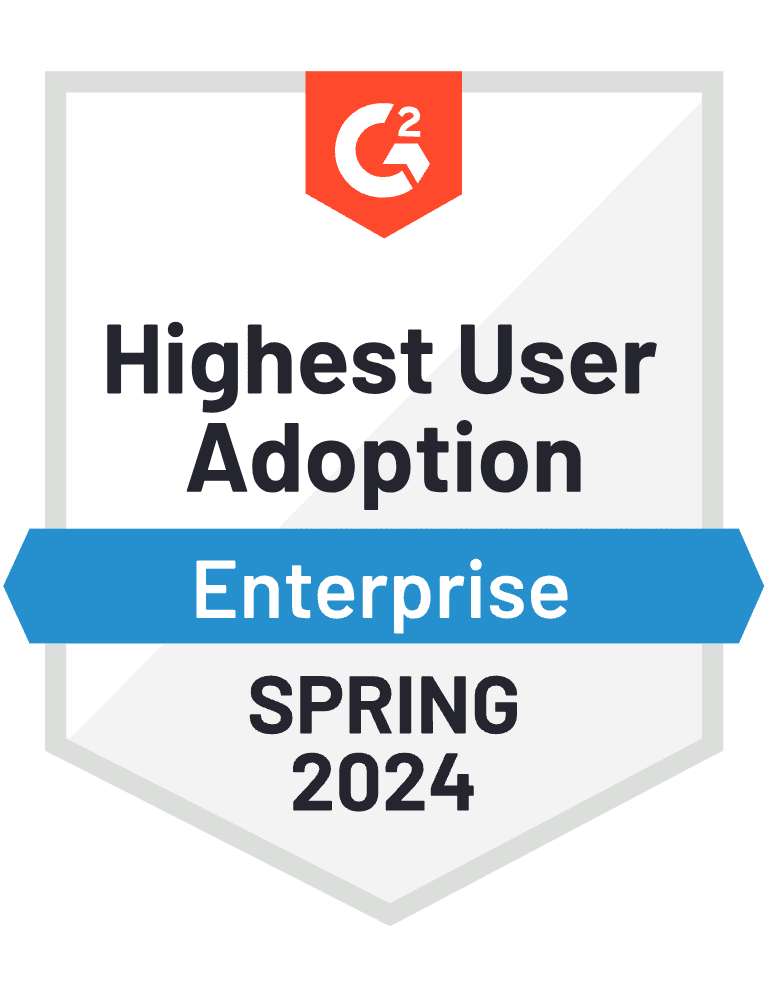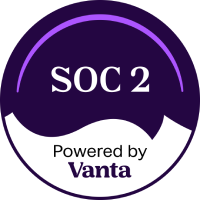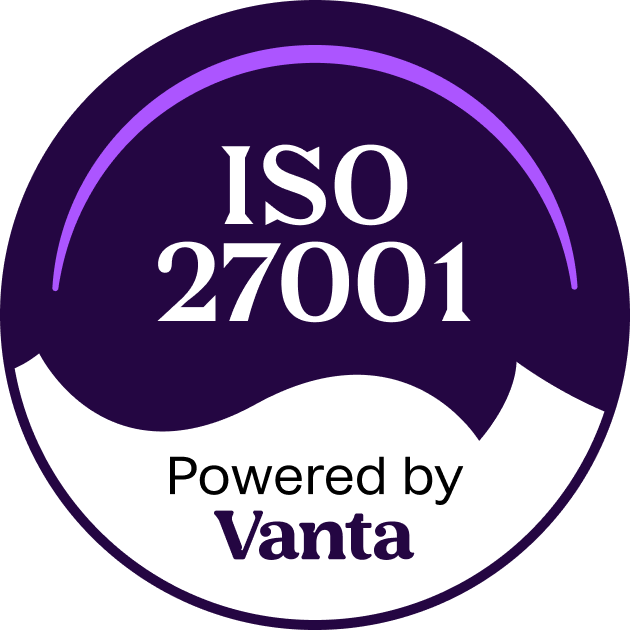The request for proposal process is not just a procedural step; it’s an opportunity to forge relationships, understand market capabilities, and set the stage for future collaborations. However, the effectiveness of this process hinges significantly on one crucial element: stakeholder engagement.
At RocketDocs, we understand that engaging stakeholders is not merely about ticking boxes. It’s about bringing to life a vibrant business ecosystem where every voice contributes to a symphony of informed decision-making. In this guide, we will walk you through the nuances of stakeholder engagement in the RFP process, offering insights that blend authoritative advice with a touch of human warmth.
Understanding the Business Ecosystem
The term “business ecosystem” might conjure images of a complex network of living organisms, each dependent on the other for survival. This analogy isn’t far from the truth when applied to the business context, especially during the RFP process. In this ecosystem, stakeholders are akin to the diverse species within a biological community, each playing a unique role in the ecosystem’s health and functionality.
The Dynamics of Stakeholder Interactions
In the context of an RFP, stakeholders can range from internal teams such as procurement, IT, and finance to external entities like potential suppliers, partners, and even customers. Each stakeholder brings a different perspective, set of expectations, and expertise to the table. Understanding these dynamics is crucial in anticipating needs, addressing concerns, and leveraging the collective expertise to make informed decisions.
Engaged stakeholders contribute to a more robust and transparent RFP process. Their involvement ensures that the RFP is comprehensive, addresses all critical business needs and minimizes the risk of overlooking key requirements. This collaborative approach not only enhances the quality of proposals received but also fosters a sense of ownership and buy-in among all parties involved.
The Importance of Stakeholder Engagement
Stakeholder engagement is the linchpin of a successful RFP process. It’s the bridge that connects the needs of a business with the capabilities of potential vendors, ensuring that the final agreement is not just a contract, but a strategic alignment that benefits all parties involved.
Aligning Expectations and Expertise
The first step in unlocking the value of stakeholder engagement is understanding that each stakeholder brings a unique set of expectations, requirements, and expertise to the table. Engaging these stakeholders early and often ensures that the RFP reflects a comprehensive set of requirements that aligns with the broader business goals.
Leveraging Collective Knowledge
No single individual has a monopoly on knowledge, especially in complex business environments. Engaging a diverse group of stakeholders allows for the pooling of collective wisdom, ensuring that the RFP process benefits from a wide range of perspectives.
Enhancing Buy-in and Ownership
When stakeholders are actively involved in the RFP process, they are more likely to feel a sense of ownership over the outcome. This sense of investment can lead to better internal support for the chosen solution, smoother implementation, and a greater likelihood of project success.
Identifying Key Stakeholders
The first step towards effective stakeholder engagement is identifying who, exactly, these stakeholders are. Stakeholders can be broadly categorized into internal and external groups, each with their distinct roles and interests.
Internal Stakeholders
These include decision-makers, technical experts, procurement and legal teams, and end users. Each plays a crucial role in providing insights into the technical requirements, legal standards, and practical usability of proposed solutions.
External Stakeholders
Understanding the capabilities and perspectives of potential suppliers, vendors, and industry experts can help tailor the RFP to elicit the most beneficial proposals.
Best Practices for Stakeholder Engagement
Engaging stakeholders effectively involves early involvement, clear communication, feedback loops, collaborative tools, and education and training. These practices ensure active participation and buy-in from all stakeholders involved in the RFP process.
Overcoming Engagement Challenges
Overcoming challenges in stakeholder engagement within the RFP process requires a multifaceted approach. Resistance to change, unclear project requirements, and tight deadlines can significantly hinder the effectiveness of stakeholder engagement. To navigate these challenges, consider implementing the following strategies:
Encourage Stakeholder Participation: Engaging stakeholders early and often in the RFP process is crucial. This involves simplifying the RFP process to ensure it’s not overly burdensome, thereby encouraging stakeholders to participate willingly and provide valuable input that can refine the RFP process and align it more closely with organizational goals.
Review and Update Procurement Policies: Regularly evaluating your procurement policies ensures they remain aligned with the dynamic needs of your organization and stakeholders. Adjusting policies to streamline the RFP process can reduce unnecessary burdens on stakeholders, making the process more efficient and effective.
Improve Collaboration: Enhancing communication and collaboration among all stakeholders can simplify the RFP process. Utilizing e-procurement solutions can facilitate better interaction, ensuring that everyone is on the same page and that the procurement team has all the necessary information from a unified platform.
Focus on Stakeholder Satisfaction: Balancing urgent procurement requirements with RFP protocols can ensure that internal stakeholders’ needs are met without undergoing a strenuous process. An integrated procurement solution offering flexibility to adapt policies dynamically can greatly improve stakeholder satisfaction.
Bringing It Together: Mastering Stakeholder Engagement in RFPs
Effective stakeholder engagement in the RFP process is about fostering a culture of collaboration, transparency, and mutual respect. By identifying key stakeholders, employing best practices for engagement, and navigating challenges with empathy and strategic insight, businesses can turn the RFP process into a powerful tool for strategic alignment and organizational success.
RocketDocs allows you to take these insights and strategies into your next RFP process. Engage your business ecosystem fully and watch as the collective effort leads to outcomes that are not only successful but also widely supported and embraced within your organization.






